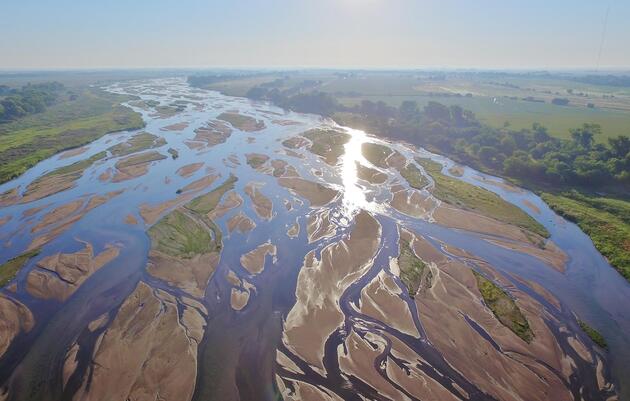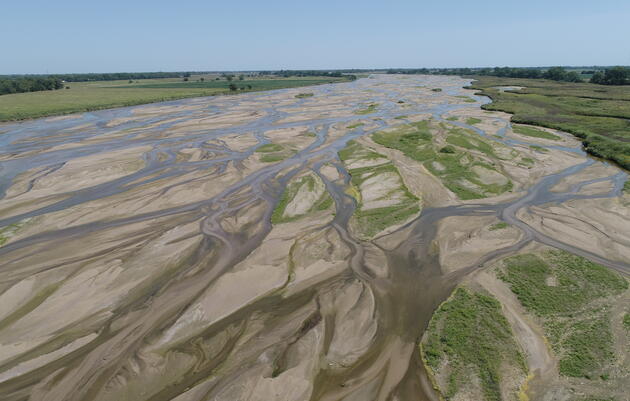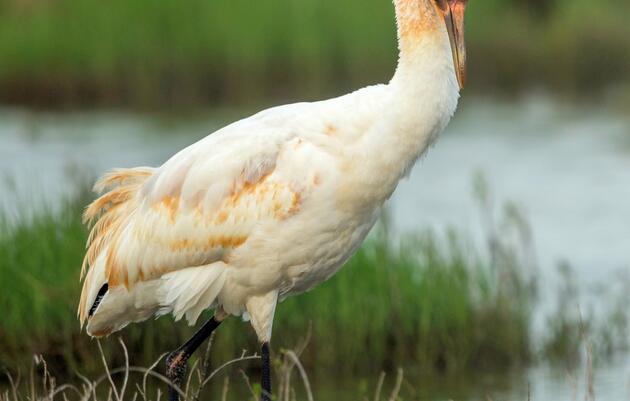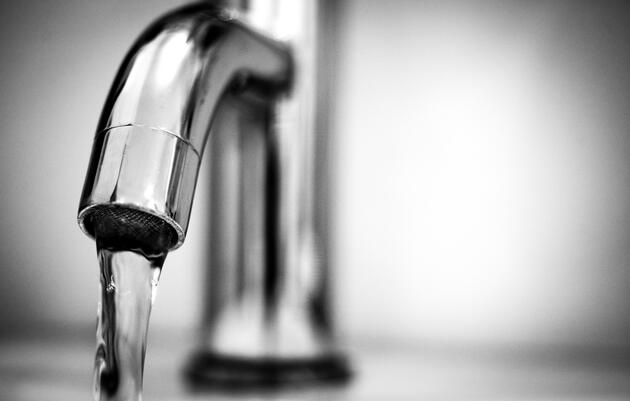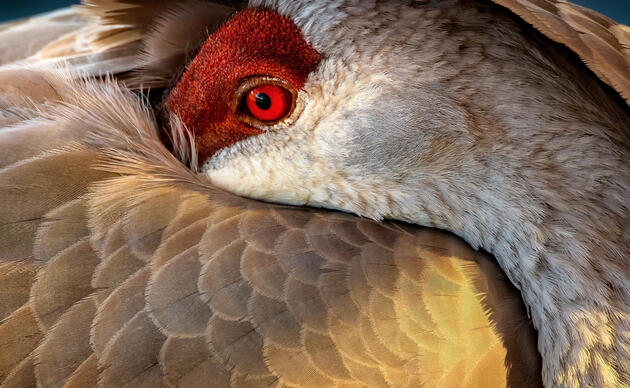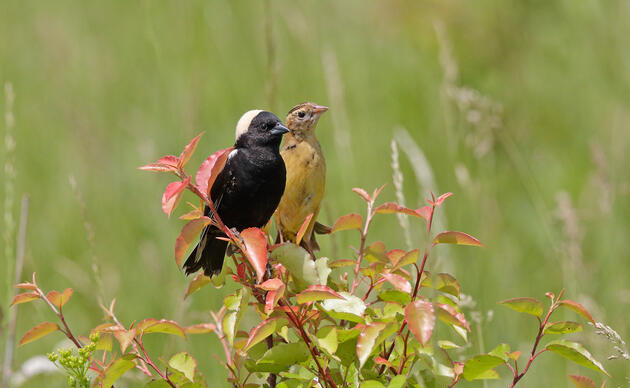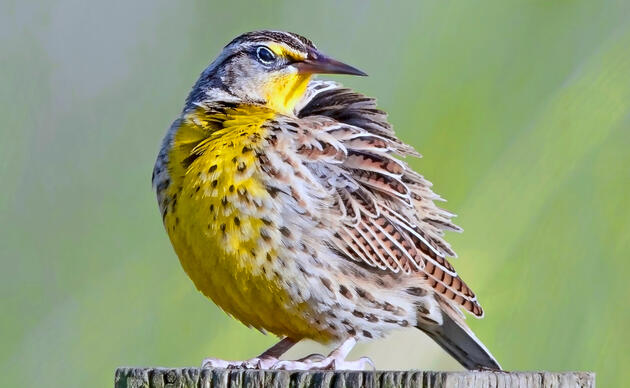The location at which water would be diverted out of the Platte River is upstream from Audubon’s Rowe Sanctuary. Rowe was established in 1974 with the mission to conserve the Platte River ecosystem and the birds that rely on it - and would therefore be directly harmed by the removal of water from the central Platte River. This stretch of the Platte River is world renown as a site of incredible diversity of flora and fauna, and has been designated as “critical habitat” for a number of federally endangered and threatened species.
One of the most notable features of the central Platte River is its position as a “pinch-point” along the central flyway: the pathway that millions of migratory birds in the western hemisphere follow on their biannual passage north and south. Members of this migratory ensemble include the Sandhill Cranes, with well over half a million members of this species stopping along the central Platte River every spring to forage in nearby fields and wetlands, and to roost at night in the river channel itself, as they prepare for the next phase of their annual migration.
The Whooping Crane, one of the largest and most stunning birds in North America, but one of the most endangered – also stops along the central Platte River on its spring and fall migrations, utilizing the river and surrounding wet meadows that are dependent on its streamflow and groundwater recharge. These wet meadows are sites of high biological productivity and provide an important source of food for the Whooping Cranes and other migratory waterfowl.
The threatened Least Tern and Piping Plover nest and rear their chicks on the sandbars that lie within the central Platte River. But as streamflows that create and clear sandbars have diminished due to the storage of water and diversions for irrigation, in-channel nesting habitat has decreased.
Finally, there are also millions of non-threatened waterfowl that are important to both the ecology of the central Platte River and the hunting industry that thrives off of it. Maintenance of streamflow within the Platte River is necessary in order support the local economy that profits from these hunting and wildlife viewing opportunities.





